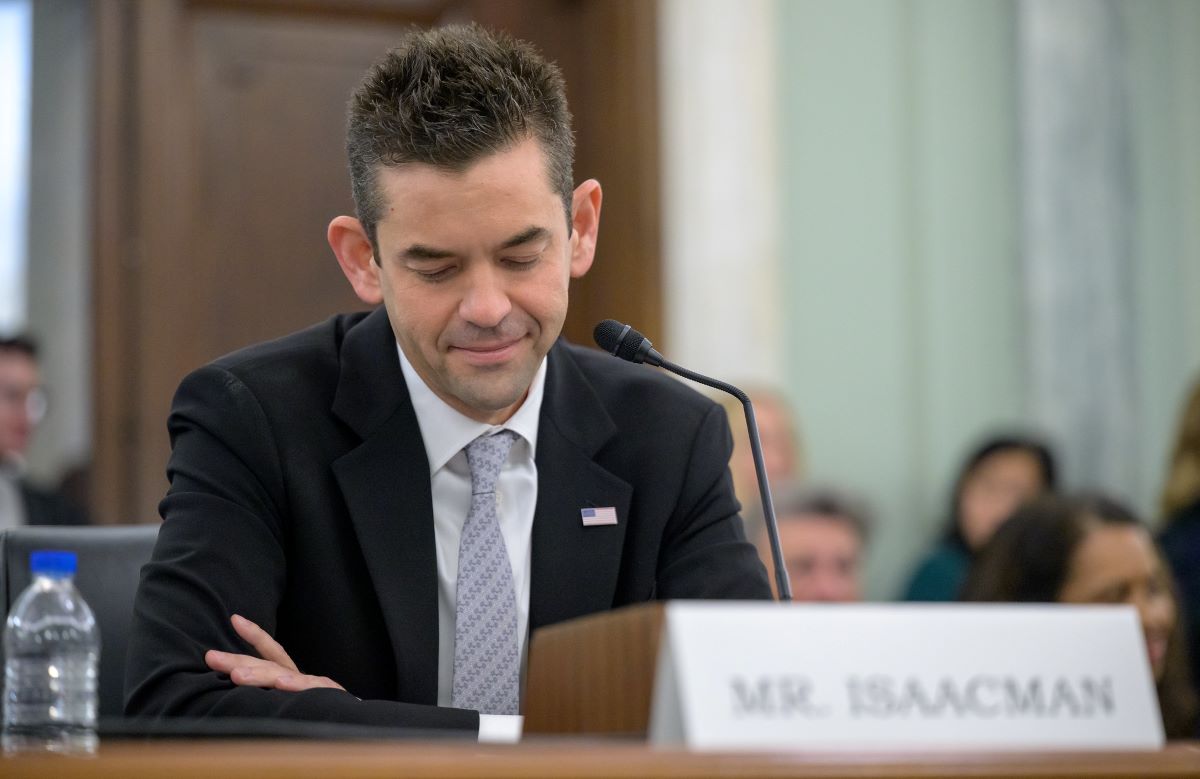
A 7-year-old girl was critically injured in Springfield, Massachusetts, last night trying to cross the street to reach the library. Her 8-year-old cousin was also seriously injured in the collision. The younger girl is not expected to live, according to reports.
Charles Marohn of Strong Towns was visiting the area at the time, and he says that this crash struck him not only because he has a daughter the same age, but because as a traffic engineer he understands how preventable it was:
Let me show you what is going on. In the picture [above] you will note the library on the right side, the parking lot on the left. Look way down the street and you will see the signalized intersection. The engineers here have determined that the flow of traffic on this despotic, over-designed urban stroad cannot be inconvenienced by being forced to slow down to a humane speed. Instead, they erect hedges, fences and other barriers to force the inconvenience on the mother and her two children, who -- it should be noted -- were walking in the sleet after spending some time at the public library.
The right thing to do here is pretty obvious: SLOW DOWN THE CARS! When you enter into an urban environment, the expectation must be that travel speeds are very slow (I think a 20 mph design speed is too fast – 15 mph would be the top in my opinion) because we need to FORGIVE the common mistakes of humans, both in their cars and out. In a complex urban environment, the only way to do that is to slow down the speed of travel. We must lower the cost of a mistake.
But Chuck…we can’t do this, says the incompetent fool of an engineer. In my world – in a just world – that engineer loses their job tomorrow (and their license) because they are a danger to society. We CAN slow down cars and we must. There are all kinds of ways to create the edge friction needed to induce the vast majority of drivers to drive at a safe speed. Then police can actually deal with the deviants, not just sit in the usual spots and easily pull over their quota of drivers who are innocently traveling the design speed instead of the posted speed.
Elsewhere on the Network today: UrbanCincy reports that the Cincinnati streetcar has suffered another financial blow after political opponents foisted an additional $15 million in costs on the city. And Better Institutions makes the case that California High Speed Rail could actually be very profitable.





